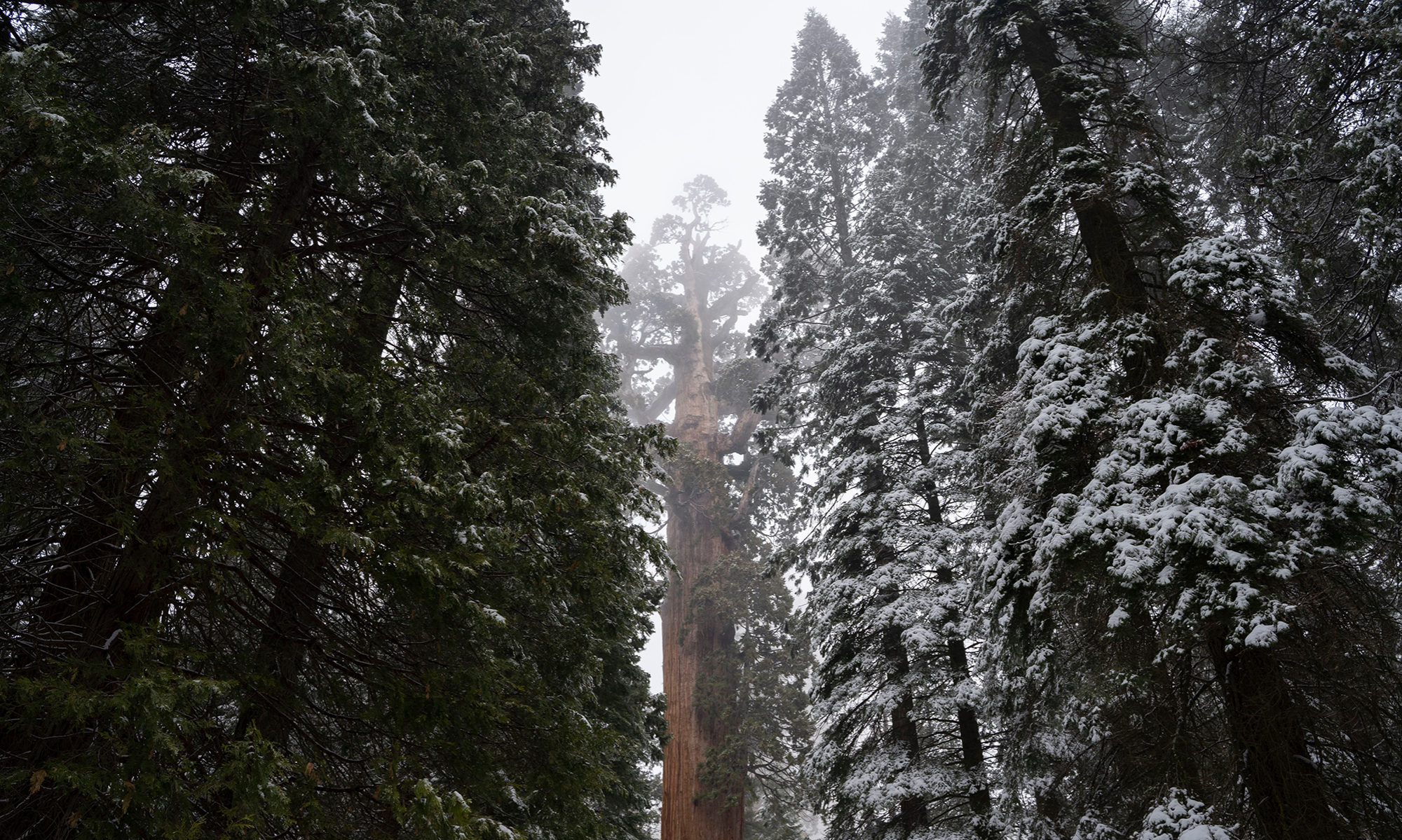Taiji is a small fishing town in Japan. It is a beautiful place; so beautiful you would never guess it is the home to the largest dolphin slaughter in the world.
Humans have a long history of admiring dolphins. We hold them in concrete tanks to awe at their beauty and intelligence. Through research we know some of what a dolphin’s life is like. Dolphins are self-aware creatures which means they can recognize themselves in a mirror. Ric O’Barry, the dolphin trainer for the tv show Flipper (later turned dolphin activist), often tells the story of bringing his television to the end of the dock so Kathy, the dolphin, could watch herself on tv. She could also tell herself apart from the other dolphins that shared the role of Flipper. In the wild dolphins usually stay in their family pods their entire lives. They have very strong social bonds with each other and have shown signs of grief when separated. Dolphins also have been observed using tools and coordinating with each other when hunting for food. A lot is still to be known about wild dolphins, but we know for sure the are one of the most intelligent creatures on earth.
Starting every September 1st, in the town of Taiji, the water in the cove turns red. The dolphin hunt is called a drive hunt. The drive hunt starts with the fisherman taking several boats out into the water. When a pod of dolphins is spotted the boats form a wall while men on the boats start banging on a metal pipe that is part way submerged in the water. This creates a wall of sound. Because dolphins are extremely sensitive to sound this frightens them and allows the fisherman to herd them into the cove. Once the dolphins are in the shallow waters they are netted in and trapped.
Dolphin trainers from all over come to these drive hunts. Once the dolphins are trapped in the cove the trainers pick out the prettiest and buy them to be used in captivity. The fisherman can get thousands of dollars for a live dolphin but only a few hundred for a dead dolphin used for meat. The live dolphins are often used in businesses letting tourist pay to swim with them. Or they are used at aquariums or marine parks and trained to do flips and jump through hoops. This is why it is important to never go to an aquarium or marine park that holds dolphins.
After the pretty dolphins are sold to trainers the rest are herded into a more secluded cove that cannot be seen by people on the shore. The dolphins are sometimes trapped in this cove for hours without food. Then the fisherman come in and slaughter the dolphins with a method called ‘pithing’. Pithing is when a metal rod is hammered into the spinal cord of the dolphin behind their blowhole. The fishermen then put a wooden cork inside the wound to prevent the blood from turning the water red. This method is suppose to be humane but most dolphins spend several minutes thrashing and slowly dying. According to Sea Shepherd, dolphins have been documented to take up to 30 minutes to die this way. They are forced to watch their entire families slowly die while slowly suffocating and internally bleeding themselves. After all the dolphins have been slaughtered their flukes (tails) are tethered to a boat and dragged to the butcher where they will be cut up and sold as meat.
This process is hard to read about….it’s hard to write about. But everyone can play a role in ending this. First, I recommend watching The Cove. The film follows dolphin activist Ric O’Barry as he travels to Taiji. The incredible film team conduct a sort of covert ops mission to film the slaughter. It is very difficult to watch, however, since the film came out the numbers of dolphins slaughtered have dropped. Many activists now go to Taiji every year from September through March to document what is happening. You do not have to go to Taiji to help dolphins though. Not supporting any place that has dolphins is crucial. The captivity industry is how the fishermen make most of their money. They do not make enough money off only the dolphins sold for meat to continue the hunt. No dolphins in captivity means no dolphin slaughter. The second thing to do is to spread the word. The more people know about this and put public pressure on Japan to stop, the better. The more people who stop going to places that hold dolphins, the better. Below are links to where you can find out more information about the slaughter and how to help. The fisherman’s quota for number of dolphins killed in these hunts this 2016-2017 season is 1,820. Unless we do something, this won’t stop.

